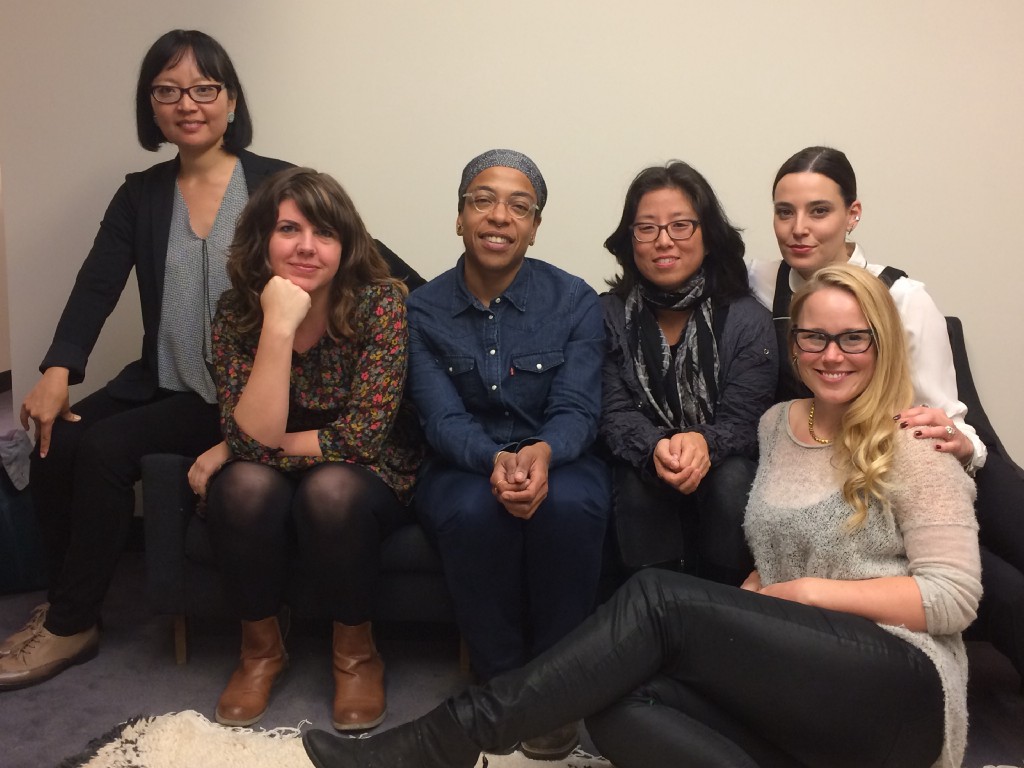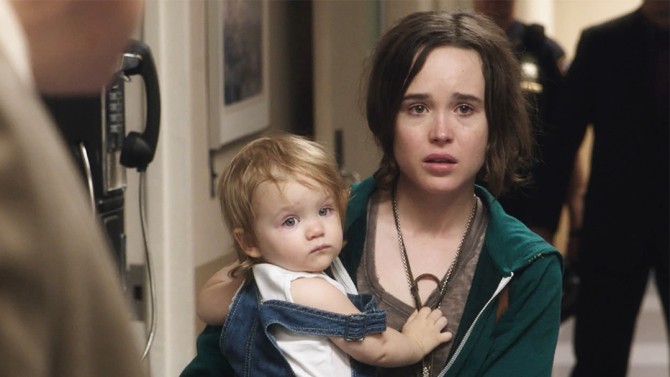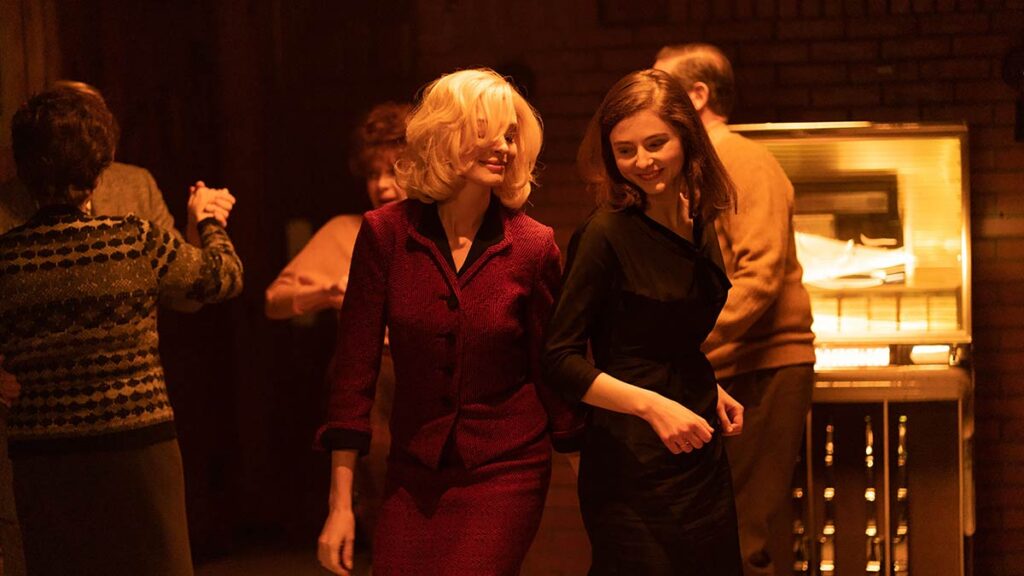
Earlier this week, Women in Sundance fellows were gathered for a special workshop, put together by Kering and the Sundance Institute. The workshop was designed to equip the fellows to overcome various obstacles they may face over the course of their careers in film. Branding, leadership, and public speaking were some of the topics covered.
The event was a part of the year-long program that teams six fellows, director Lyric R. Cabral (“(T)ERROR”), producer Jessica Devaney (“Speed Sisters”), director-producer Grace Lee (“American Revolutionary: The Evolution of Grace Lee Boggs”), producer Gabrielle Nadig (“King Jack”), director Jennifer Phang (“Advantageous”), and director Pamela Romanowsky (“The Adderall Diaries”), with industry professionals as a resource and support system.
The day-long event was capped by a screening of Sian Heder’s “Tallulah,” which stars Ellen Page and Allison Janney, and tells the story of a homeless woman who steals a baby. The screening was followed by a conversation with acclaimed female producers Heather Rae (“Tallulah”), Lydia Dean Pilcher (“The Namesake”), and Alix Madigan (“Winter’s Bone”), which focused on female partnerships behind the camera.
During the conversation, the panelists got candid about the struggles that face not only female filmmakers, but that also plague films that focus on women.
“Tallulah,” Rae said, took 10 years to make. “At the time this film was deemed not commercially viable, because it was a woman’s story, and it wasn’t about getting the guy,” Variety reported from the event.
Despite the delay, “Tallulah” was picked up by Netflix for $5 million, before it premiered at Sundance last year, and will be released on Netflix on July 29, and in select theaters.
“They believe the audience is a wide audience, and this is not just a women’s film,” she said of the streaming platform.
Another topic affecting female filmmakers was the male-dominated foreign marketplace. “The past seven movies I’ve worked on, five of them were directed by women, and it is still a very daunting marketplace for women,” Madigan said. “I hope that our business can change, but our business is an economic one and we have to find ways to make female films be perceived as profitable. The foreign sales side is very, very male-driven. There are maybe one or two female film directors on lists we get back from our foreign sales, and a very small handful of women are seen as viable. Women’s films have an uphill battle.”
Despite the fact that Disney’s upcoming slate includes few female directors, Pilcher, who worked on Mira Nair’s “Queen of Katwe,” noted their awareness of the issue. “I was sitting in a meeting last week at Disney. I was very proud of the African-American marketing person that said authenticity is what is going to bring success to this film,” she said. “In the past we’ve seen these movies through the lens of white men, and to it is just revolutionary to be sitting in Burbank, hearing somebody say that.”
The Women in Sundance fellows undoubtedly have a hard road ahead of them — thankfully they are learning how to fight these battles with insight from industry vets who continue to lead the way.







